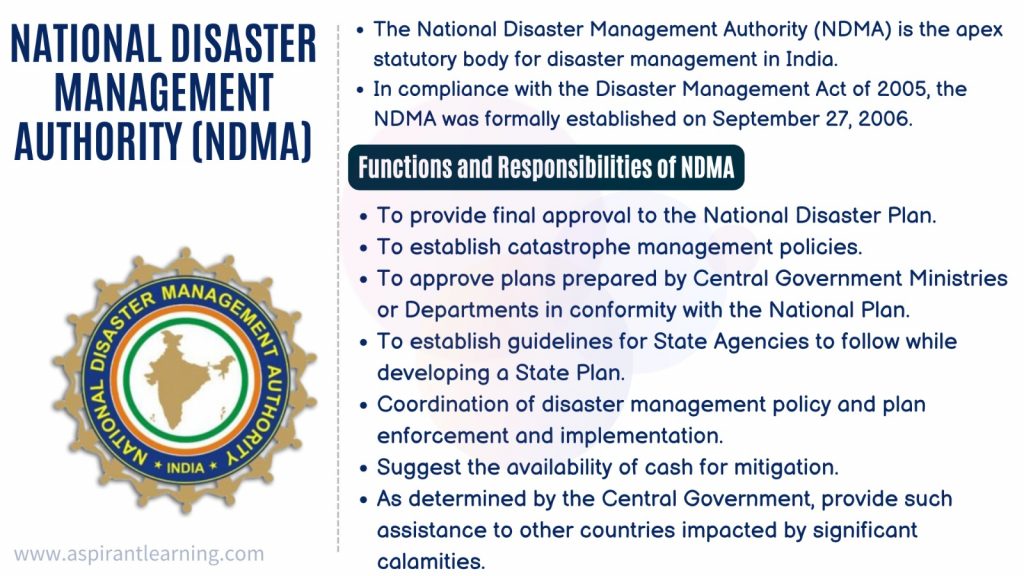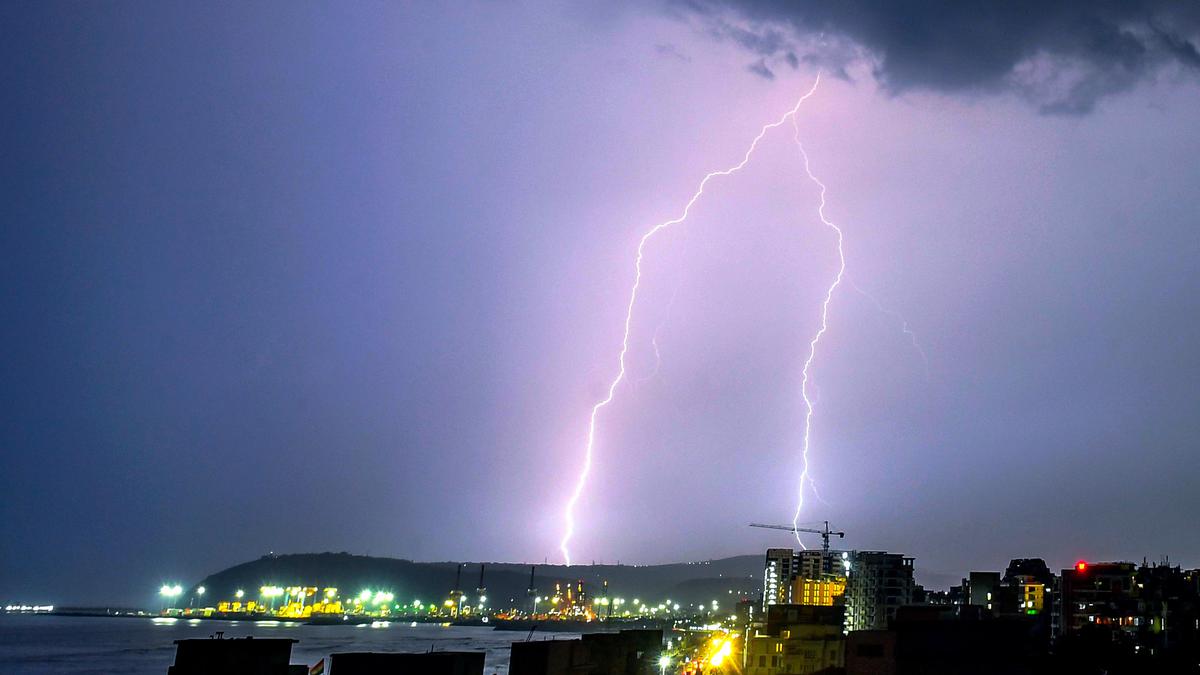News Highlight
States demand that lightning is declared a natural disaster.
Key Takeaway
- According to government estimates, 2,500 persons are killed every year across the country after being struck by lightning.
- According to present norms, cyclones, droughts, earthquakes, fires, floods, tsunamis, hailstorms, landslides, avalanches, cloudbursts, pest attacks, frosts and cold waves are considered disasters.
- They are covered under the State Disaster Response Fund (SDRF), 75% of which is funded by the Centre.
Lightning
- About
- It is a natural event characterised by “an electrical discharge of very short duration and high voltage between a cloud and the ground or within a cloud”.
- A brilliant flash, a loud sound, and, on rare occasions, thunderstorms accompany it.
- Cloud-to-ground (CG) lightning is harmful because it’s high electric voltage and current can electrocute people.
- Lightning within or between clouds is visible and safe.
- The discharges are produced by huge moisture-bearing clouds 10-12 km tall.
- The base of these clouds is usually within 1-2 kilometres of the Earth’s surface, while the summit is 12-13 kilometres away.
- Temperatures at the peak of these clouds range from -35° to -45° C.
- Formation
- Water vapour condenses as it goes upward in the cloud due to the dropping temperature.
- When water droplets reach temperatures below 0°C, they transform into microscopic ice crystals.
- They continue to ascend, gaining mass until they become so heavy that they descend to Earth.
- This results in a system in which smaller ice crystals move upward and larger crystals move downward.
- Collisions follow and cause the release of electrons, a process comparable to forming electrical sparks.
- A chain reaction occurs as the moving free electrons produce more collisions and more electrons.
- As a result of this process, the top layer of the cloud becomes positively charged, while the middle layer becomes negatively charged.
- The electrical potential difference between the two layers is enormous, ranging between a billion and ten billion volts.
- In a relatively short period, a tremendous current of 100,000 to a million amperes flows between the layers.
Types of lightning
- There are three types of lightning in general:
- Inter-cloud
- Intra-cloud
- Cloud-to-ground
- The cloud-to-ground thunder kills humans, animals, and cattle and can cause significant property damage.
- While the Earth is a good electrical conductor, it is electrically neutral.
- Yet, it becomes positively charged compared to the cloud’s central layer.
- As a result, around 15%-20% of the current is also directed towards the Earth.
- This current flow is responsible for destroying life and property on Earth.
Lightning Strikes in India
- Overview
- According to the Lightning Resilient India Campaign’s (LRIC) freshly released annual lightning report.
- Between April 2020 and March 2021, India could have had 18.5 million lightning strikes.
- More than 2,500 Indians are killed by lightning each year.
- According to a study by the Delhi-based RMSI, a global leader in geospatial and engineering solutions, Odisha, Madhya Pradesh, Chhattisgarh, West Bengal, and Jharkhand have witnessed the maximum thunder strikes in recent years.
- Between 1967 and 2019, more than 100,000 people perished in the United States due to thunder strikes.
- This represents more than a third of all deaths caused by natural disasters during this period.

Way Forward
- Early Warning Systems
- India could invest in early warning systems to alert citizens of imminent thunderstorms and lightning strikes.
- These systems include weather radar, lightning detection networks, and smartphone applications, to name a few.
- Lightning Safety Measures
- Educating India’s rural communities about simple lightning protection procedures is critical.
- This may entail installing lightning rods on homes, remaining indoors during thunderstorms, and seeking shelter in secure structures.
- Research and Development
- The Indian government could fund research and development programmes to understand lightning better and find innovative solutions to reduce risk.
Pic Courtesy: The Hindu
Content Source: The Hindu



